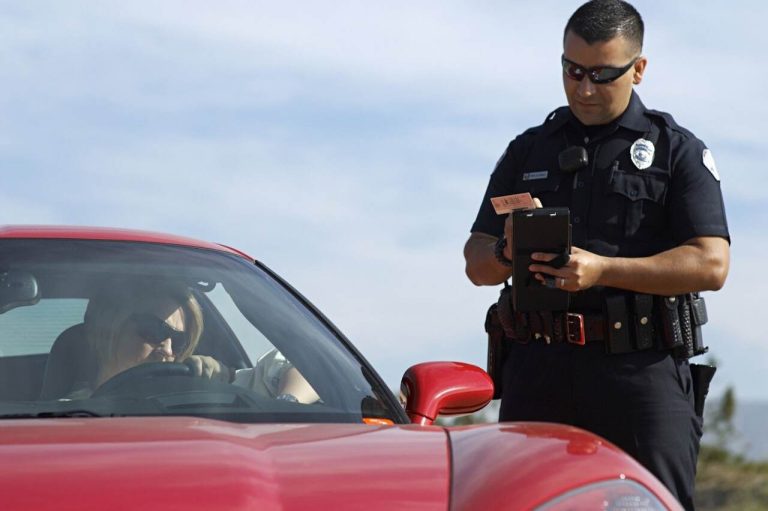Are you considering a career as a traffic enforcement agent?
It’s a huge responsibility. It’s a position that requires a keen eye and quick reflexes. As a traffic enforcement agent, you’ll be on the front lines, ensuring that traffic laws are being adhered to.
So it requires a certain set of trained skills, both physical and mental. But how do you become a traffic enforcement agent? What goes on behind the scenes before you hit the streets in your uniform?
Let’s find out the step-by-step process of training below!
Step 1: Meet the Requirements
Before you can even think about becoming a traffic agent, you must meet some basic requirements.
First, you must be at least 18 years old and have a high school diploma or equivalent. Additionally, you must be a US citizen or permanent resident, and you cannot have any felony convictions.
You also need to possess a valid driver’s license. You must also be able to pass physical fitness and medical exams.
Step 2: Take the Civil Service Exam
Once you meet the basic requirements, you will need to take and pass the civil service exam. This test is designed to assess your knowledge, skills, and abilities related to traffic enforcement. It includes multiple-choice questions as well as a physical agility test.
Step 3: Complete Training in the Academy
After passing the civil service exam, the next step on your journey is to attend a comprehensive training academy. You’ll undergo intense training for traffic agents conducted by seasoned professionals.
The training academy curriculum includes both classroom instruction and hands-on practical exercises. In the classroom, you’ll delve into traffic laws, conflict resolution, communication skills, and public service ethics.
You’ll also learn about the technological tools and devices you’ll be using on the job. This includes the use of handheld ticketing machines and radar guns. You will also learn about the importance of gear such as high visibility safety apparel on the road.
As part of the practical exercises, you’ll engage in simulated scenarios. This will help you apply the traffic enforcement agent duties you’ve learned in a controlled environment. This includes directing traffic, dealing with confrontational drivers, and writing tickets.
Step 4: On-the-Job Training
Once you pass the training academy, you’ll then undergo on-the-job training. This is where you’ll shadow experienced agents and observe their techniques in real-life situations.
You’ll also have the opportunity to practice your skills under supervision before being allowed to perform solo patrols.
Step 5: Continuing Education
Becoming a traffic agent doesn’t end with the completion of your initial training. As with any career, there are opportunities for professional development and advancement.
Traffic laws and regulations are constantly changing. So it’s important to stay up-to-date with current practices through continuing education courses.
Becoming a Traffic Enforcement Agent Requires Dedication
The journey to becoming a traffic enforcement agent is a rigorous but rewarding process. It involves a commitment to lifelong learning and keeping up with changing traffic laws and regulations.
The role of a traffic enforcement agent is integral to the smooth functioning of our roads and highways. It’s a career that truly makes a difference in the community.
So if you’re passionate about public service and are up for the challenge, why not consider becoming a traffic cop?
Did you find this article helpful? If so, check out the rest of our site for more.

